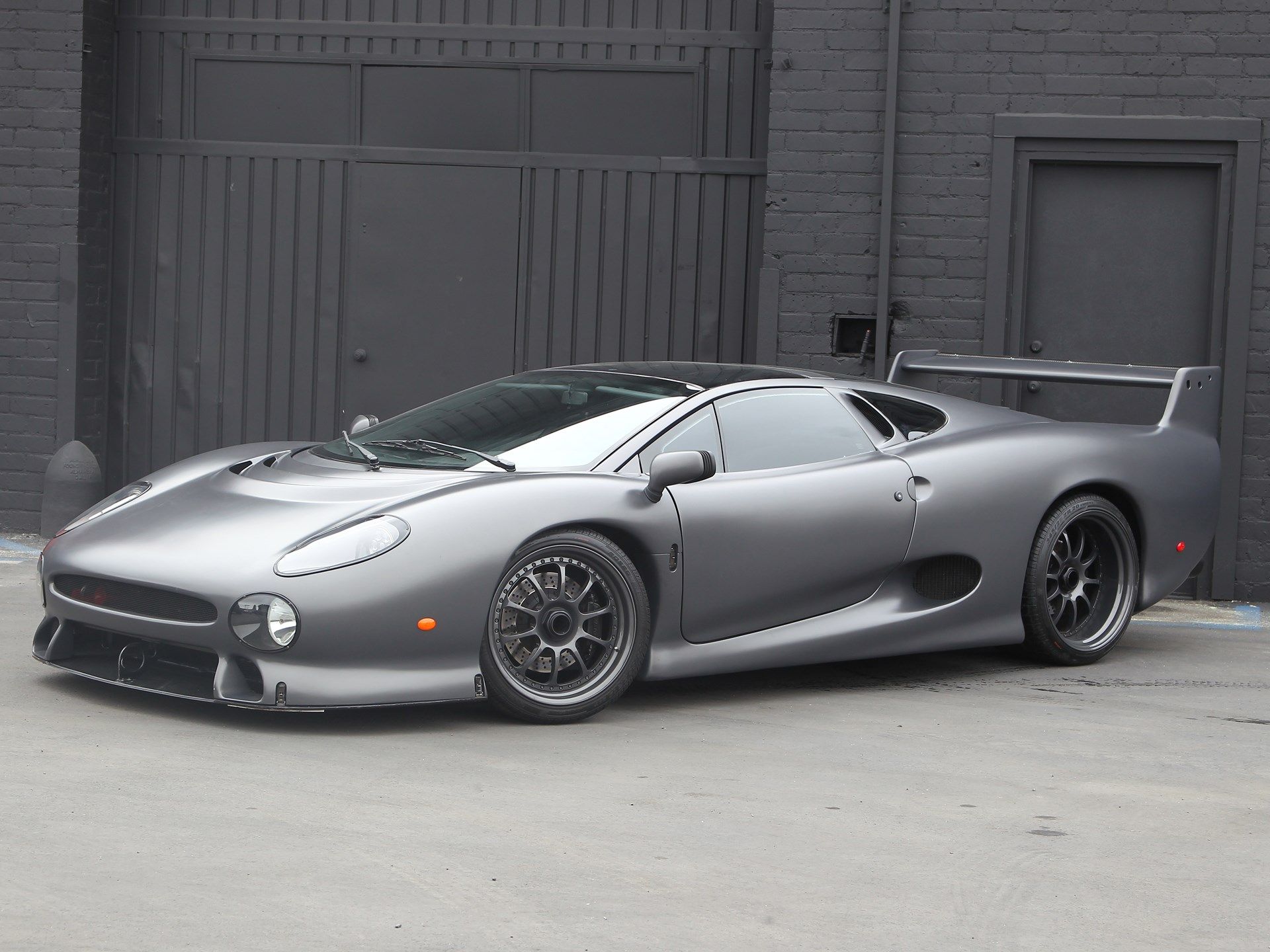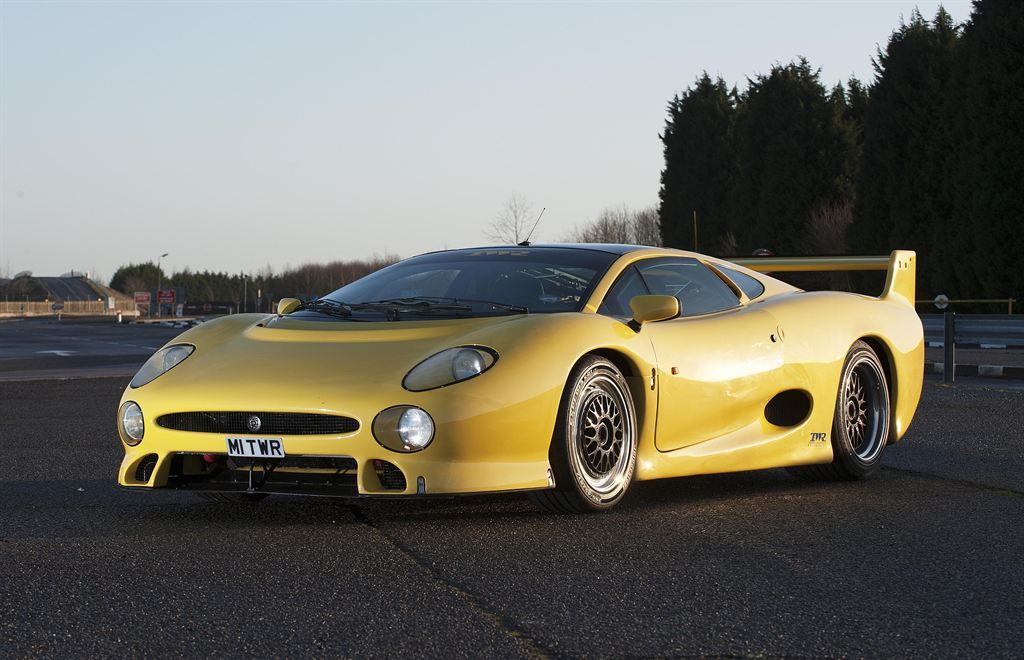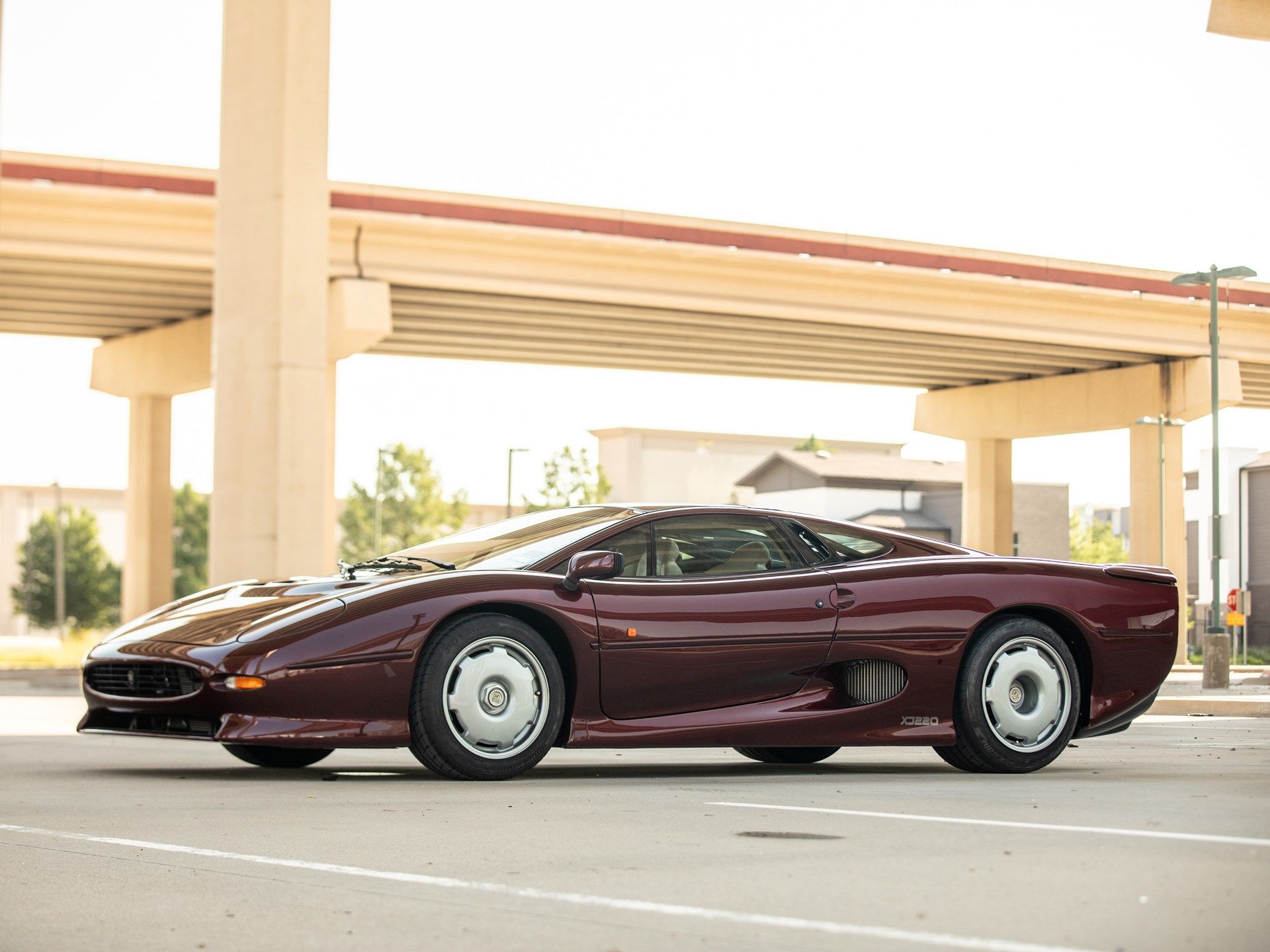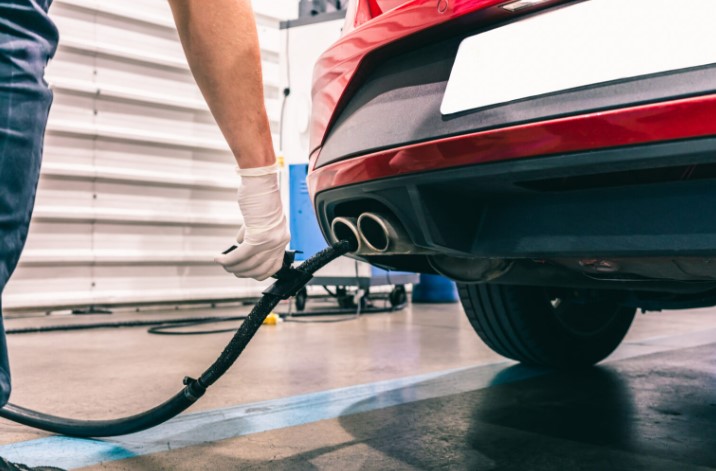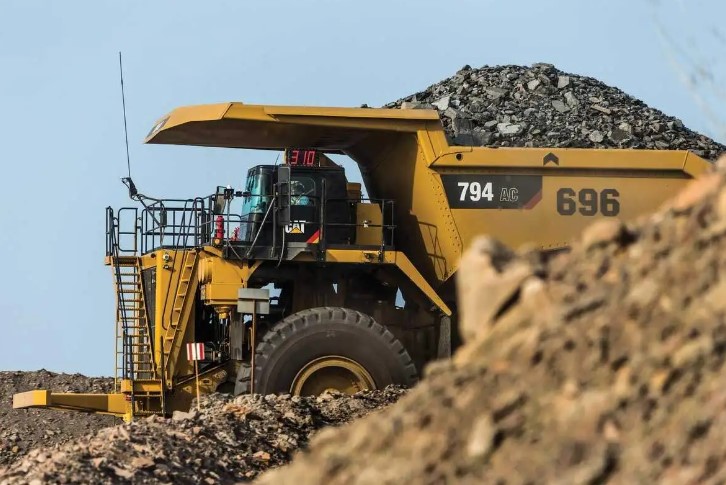Here’s What You Didn’t Know About The TWR Jaguar XJ220 S
The Jaguar XJ220 was developed and built by Project XJ220 Ltd., a company that was set up by JaguarSport, which was a subsidiary formed by both British automotive manufacturer, Jaguar, alongside engineering firm and motor racing team, Tom Walkinshaw Racing (TWR). TWR and JaguarSport were exclusively responsible for the creation of the super-rare XJ220, with Jaguar themselves taking a step back to utilize their engineering resources to focus on the production of the XJ and XJS models. The XJ220 project began in the mid to late 1980s as a concept car and was led by a group of 12 Jaguar engineers and designers working in their spare time who went by “The Saturday Club”. Jaguar’s director of engineering at the time, Jim Randle, was the one who laid the initial groundwork for the XJ220 idea, with a 1:4 scale cardboard model in Christmas of 1987, and subsequently, a number of other talented individuals were brought in to help aid the development of this spaceship-looking super car.
Mike Moreton, formerly responsible for the team in charge of building the Ford Sierra RS500 Cosworth, joined TWR to head the XJ220 project. Keith Helfet, an undeniably talented South African designer is the one who is responsible for the XJ220’s low-slung, impossible to miss exterior styling. Helfet worked alongside Nick Hull, who was brought in to help the XJ220 reach production, and is the originator of the interior design for the car. Both Helfet and Hull worked under Richard Owen, who served as the XJ220 project’s chief designer, and a myriad of other TWR and Jaguar employees also played a big role, including Pete Dodd, who is the only member from the original “Saturday Club” that went on to work on the production car. In total, almost 300 XJ220 chassis were constructed, and overall, the collaboration between Tom Walkinshaw Racing and Jaguar eventually led to an incredible result, as they were able to develop a car that would accomplish a number of impressive achievements, including holding the title of the world’s fastest production car from 1992 until 1993. While the XJ220 history is one that includes many ups and downs, it’s the stripped down, race-oriented ‘S’ variant that is truly outstanding in comparison to just about every other car ever made.
The Homologation Special XJ220 S Was Developed To Race At LeMans
When the Jaguar XJ220 concept was first shown to the public during the 1988 Birmingham Motor Show, it created mixed feelings among the crowds there that day, some excited about the future of the wild concept car, and some questioning the validity of the specifications claimed, which included scissor doors, and a 6.2L 12-cylinder engine. Eventually, when the car was officially released, a Jaguar/TWR JV6 3,498 cc (3.5 L; 213.5 cu in) twin-turbocharged 6-cylinder replaced the 12-cylinder unit promised in the concept car. Like most concept cars, many promises were made, such as an all-wheel drive system, however, the production car wound up using a rear-wheel drive set up that was developed by British racing driver, soldier and engineer Tony Rolt’s company, FF Developments. The scissor doors were exciting to see on the concept, but the production version wound using traditional doors.
All of these changes wound up leading the original 1,500 deposits taken for the car at the Birmingham Show in 1988 to dwindle drastically, which is how we now only have less than 300 examples worldwide. A total of 9 XJ220 chassis were reconfigured to S specifications by TWR after their use in the summer-long elimination competition known as the ‘Fast Masters’ series. Of the 9 cars created, only 5 of them would end up being road-cars, which eventually earned the nickname of “The Opal Fruit Cars” for their original colors of green (chassis 802), yellow (chassis 803), blue (chassis 784), orange (chassis 779), and red (chassis 793). These unique track-focused road cars were all built to homologate the 1 of 3 XJ220-C (001, 002, and 003) for racing at the 24 Hours of Le Mans.
Only 5 Jaguar XJ220 S Road Cars Were Built
There were only 5 XJ220 S cars built in period by Tom Walkinshaw Racing, with the following chassis numbers 220802, 220803, 220793, 220779, and 220784. Another car, chassis 220801 is sometimes mistakenly referred to as one of the original XJ220 S road cars, however, this car is a silver example that was actually developed and designed by Tom Walkinshaw Racing to be a one-off racer, and was not exactly related to the 5 “Opal Fruit Cars”. The XJ220 S cars were created following the made-for-television “Fast Masters” auto racing series which was broadcasted by ESPN in the year 1993. This event was also used as a platform to promote the class-winning XJ220-C race car in the United States.
The “Fast Masters” series quickly gained a reputation for its multiple heavy accidents that either severely damaged, or completely totaled the identically prepared XJ220 cars being used in the race. By using the chassis from damaged and used XJ220s from the series, TWR was able to revitalize them, and turn them into visceral, race-oriented driving machines. The S variant was officially shown to the public during the 1993 Autosport Racing Car Show, and the bright colors and complete overhaul from the standard car generated loads of attention at the time. It’s important to note, that there are a number of cars which may appear like the XJ220 S, and these are mostly continuation examples that are actively built and developed by a company known as Don Law Racing, a family-owned and operated automotive business that specializes in the XJ220 model.
The XJ220 S Dropped The XJ220’s Pop-Up Headlights
TWR replaced every single aluminum panel on the standard Jaguar XJ220 aside from the doors, and replaced them with lightweight carbon fiber materials. The one-piece carbon fiber-reinforced polymer front and rear coachwork is complimented by a number of other drastic differences, including a power boost from 542hp to around 690hp, thanks to extensive tuning improvements made on the 3.5 L (3,498 cc) twin-turbo Jaguar JRV-6 V6 engine. Considering the fact that the XJ220 S cars were basically road-going versions of the XJ220-C race cars, any and all comfort features found on the interior on the standard XJ220 were replaced with elements such as kevlar seats. Perhaps one of the most obvious visual differences between the standard XJ220 and the XJ220 S can be the headlights. As you may or may not know, the XJ220 features hidden headlights, or ‘pop-up’ units, and on the XJ220 S, those were changed to become perspex covered fixed lights. Other important elements that differentiate the S cars from standard include but are not limited to wider sills, and a new and improved aerodynamic package with an adjustable rear wing and a new front splitter. All in all, the XJ220 S, with all of its modifications was able to weigh in at just around 2,380lbs, while the standard car weighs in at about 3,240lbs.

